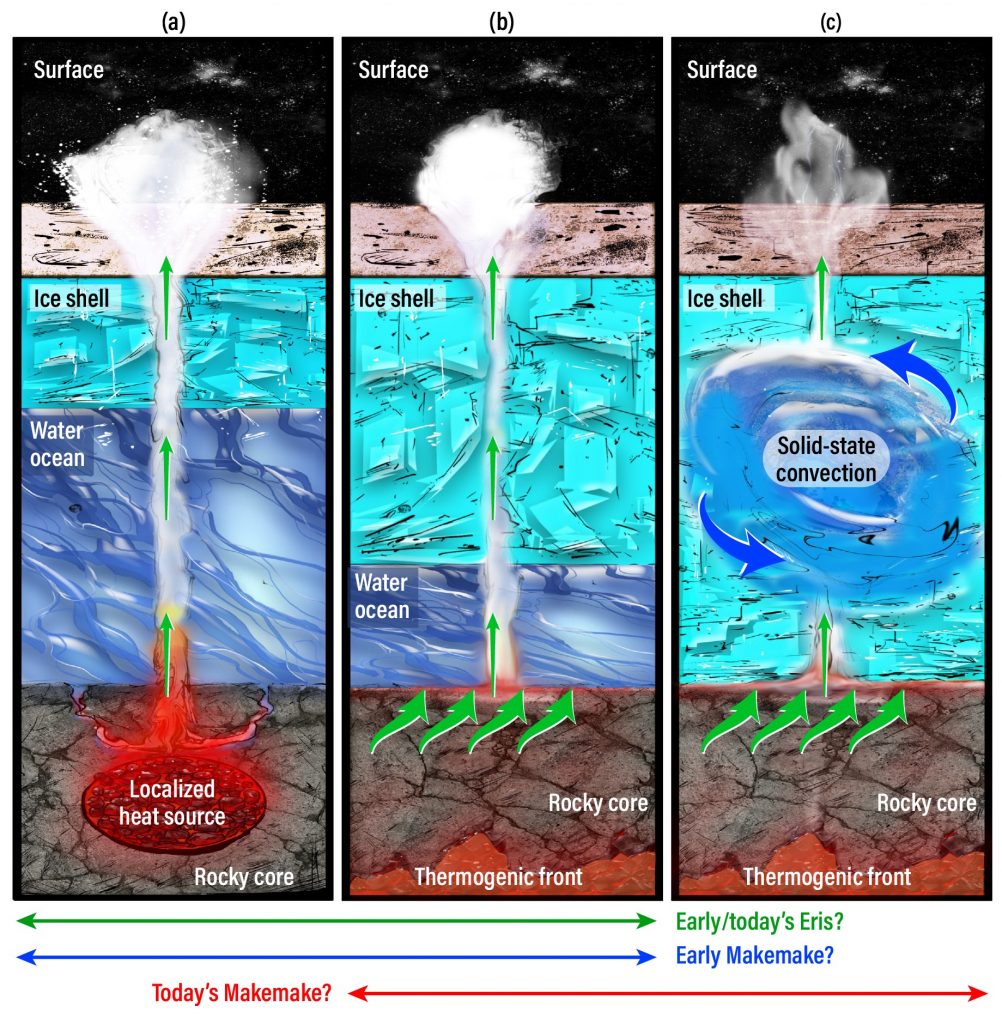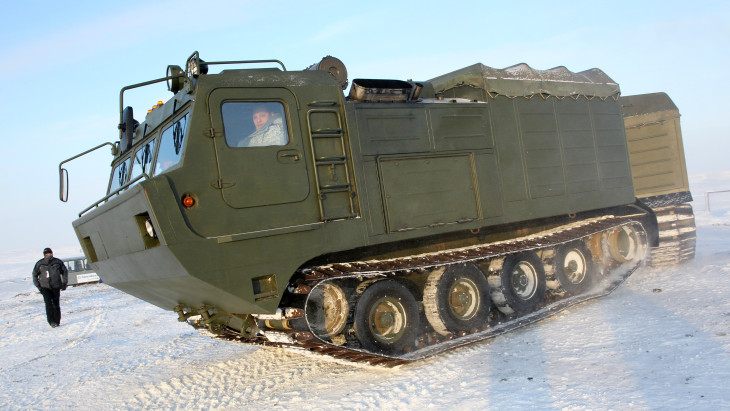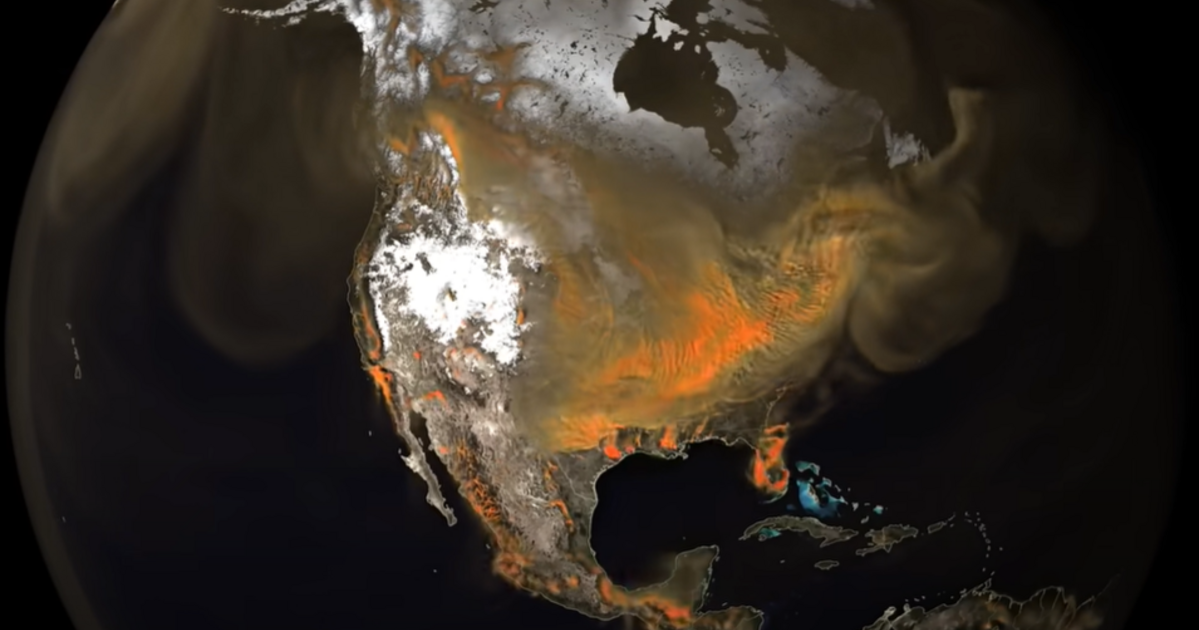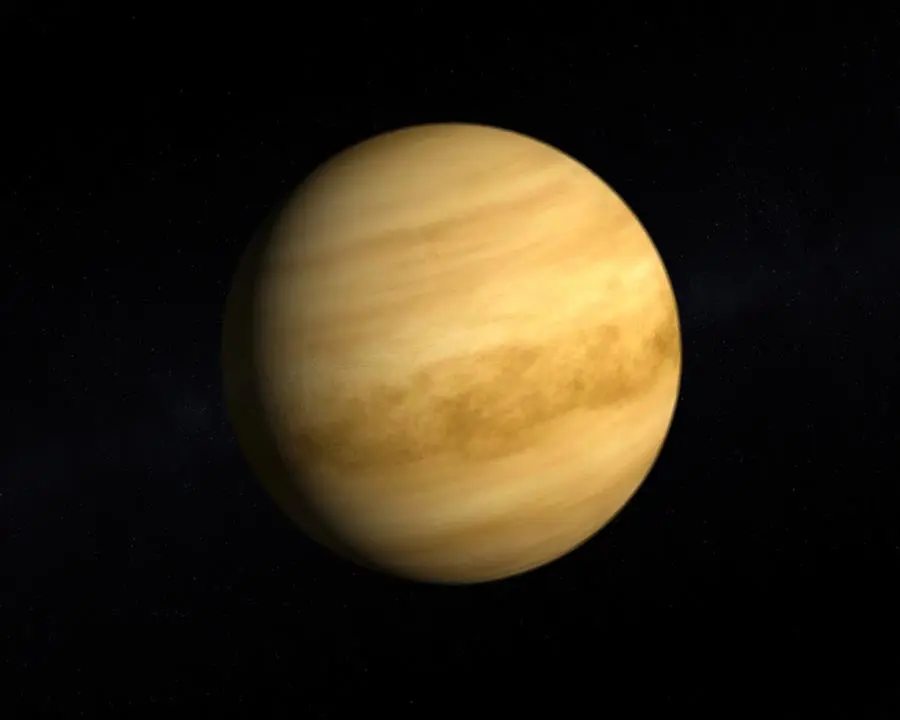A US research team led by the Southwest Research Institute has found evidence of hydrothermal or metamorphic activity on two icy dwarf planets in the Kuiper Belt, Eris and Makemake. The methane gas detected on their surfaces indicates the occurrence of warm, or even hot, geochemical processes in their rocky cores, and it also differs significantly from the methane coming from comets.
“We're seeing interesting signs of warm weather in cold places.” Christopher Glenn (SwRI) said in his report on the discovery Stady Lead author. “When I started this project, we thought that the surfaces of larger Kuiper Belt objects were covered in material left over from the ancient solar nebula, because volatiles like methane remain on their cold surfaces. But the James Webb Space Telescope was a big surprise! We found evidence that thermal processes Methane occurs within Iris and Makemake.
The Kuiper Belt is a huge donut-shaped region of icy bodies located outside the orbit of Neptune, at the edge of the solar system. Eris and Makemake are similar in size to Pluto and its moon Charon. These celestial bodies may have formed early in the life of the solar system, about 4.5 billion years ago. Due to their distance from the Sun, Kuiper Belt objects were until now thought to be cold and dead. However, according to the latest research conducted on the basis of data from the James Webb Space Telescope, the so-called Eris-Makemake surface Isotopes They are found – molecules that differ only in their number of neutrons. This data can be useful in studying planetary evolution.
The researchers looked at the composition of the dwarf planet's surface, mainly the ratio of deuterium (heavy hydrogen) to hydrogen (H) in methane. According to assumptions, deuterium was created during the Big Bang, and hydrogen is the most abundant element in the universe. The ratio of deuterium to hydrogen in celestial bodies can provide information about the origin, geologic history, and mode of formation of hydrogen-containing compounds.
“The moderate deuterium-to-hydrogen ratio observed by the James Webb Space Telescope disproves the presence of ancient methane on the planet's surface. The deuterium-to-hydrogen ratio in primordial methane would be much higher.” Glenn said. “The ratio of deuterium to hydrogen measured indicates the methane produced inside the celestial body and its geochemical origin. This ratio is like a window, a kind of tool for looking beneath the surface. Our data indicate that the rocky cores of the two celestial bodies contain high temperatures that allow methane to form. Molecular nitrogen (N)2) can also be created, as we see in Eris. A hot core may also indicate the presence of liquid water beneath the icy surface.

Over the past two decades, researchers have discovered that the interiors of icy worlds may be much more advanced than previously thought. Evidence of subsurface oceans has been found on several icy moons, including Saturn's moon Enceladus and Jupiter's Europa. Liquid water is one of the basic conditions for a planet to be considered habitable. In the coming years, researchers will investigate whether there could be an ocean hiding beneath the surface of Eris and Makemake. If either of these celestial bodies were habitable, it would be the farthest world in the solar system on which life could exist. Exploring internal chemical processes is a step in this direction.
“If the rocky cores of Iris and Makemake are warm or even hot and geochemical processes occur inside them, cryovolcanic activity could bring methane to their surface, and by geological standards, this might have happened recently.” Carbon isotope ratio (13C/12C), indicating a relatively recent surface formation,” said Will Grundy (Lowell Observatory), co-author of the study.
This result is part of a paradigm shift currently occurring in planetary science. We are increasingly realizing that the hearts of cold, icy celestial bodies can be warm. Models developed for this study suggest that geothermal gas formation is also possible on Saturn's moon Titan, which also has an abundant supply of methane. The discovery of Eris and Makemake's activity draws attention to the importance of the internal processes that shape larger Kuiper objects. This is also consistent with what we saw with Pluto.
“With the New Horizons spacecraft passing by Pluto and this new discovery, the Kuiper Belt appears more vibrant and dynamic than ever before.” Glenn said. Maybe it's time to think about sending a probe to one of the dwarf planets. In this way, we can put the data from the Webb Space Telescope into a geological context. I am sure that countless miracles await us!”
source: SWRI
comment












































